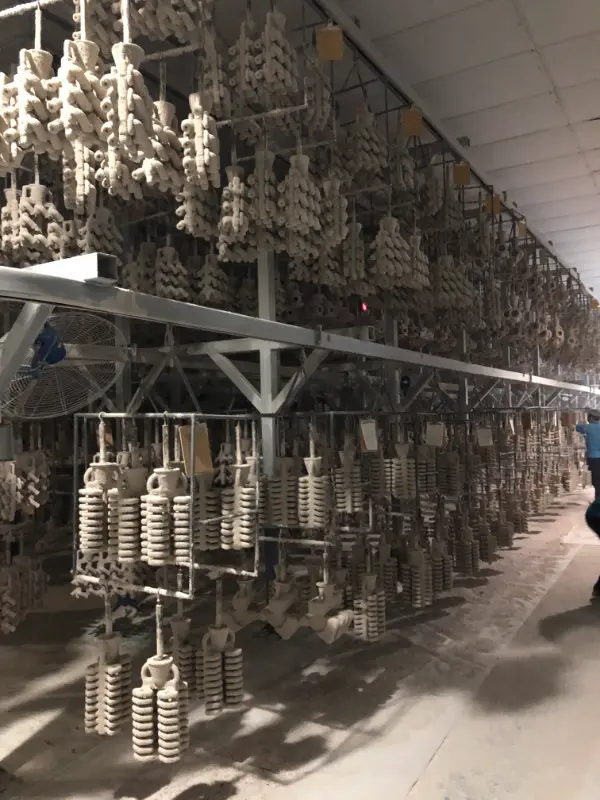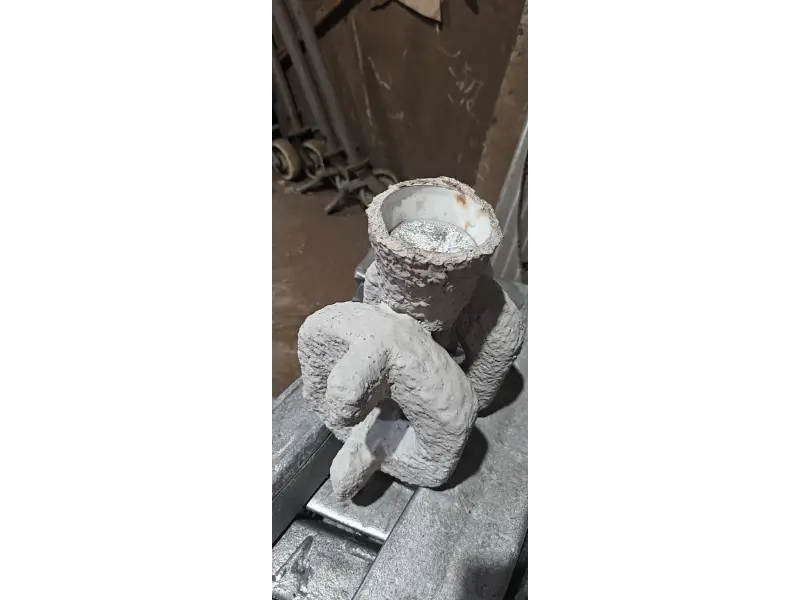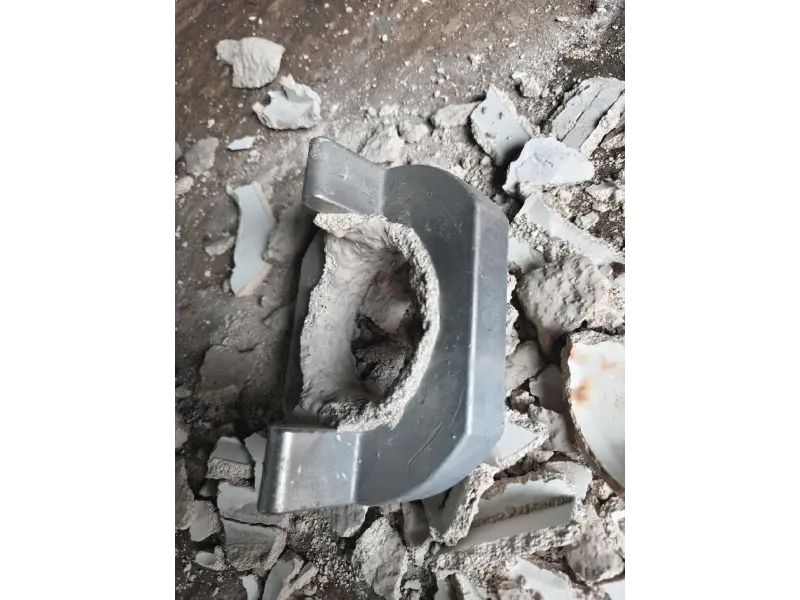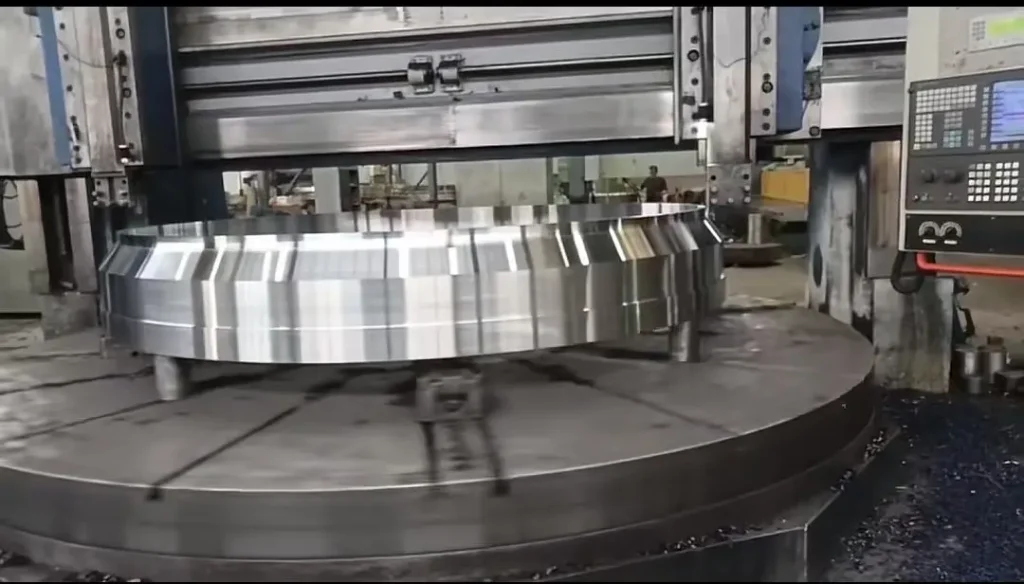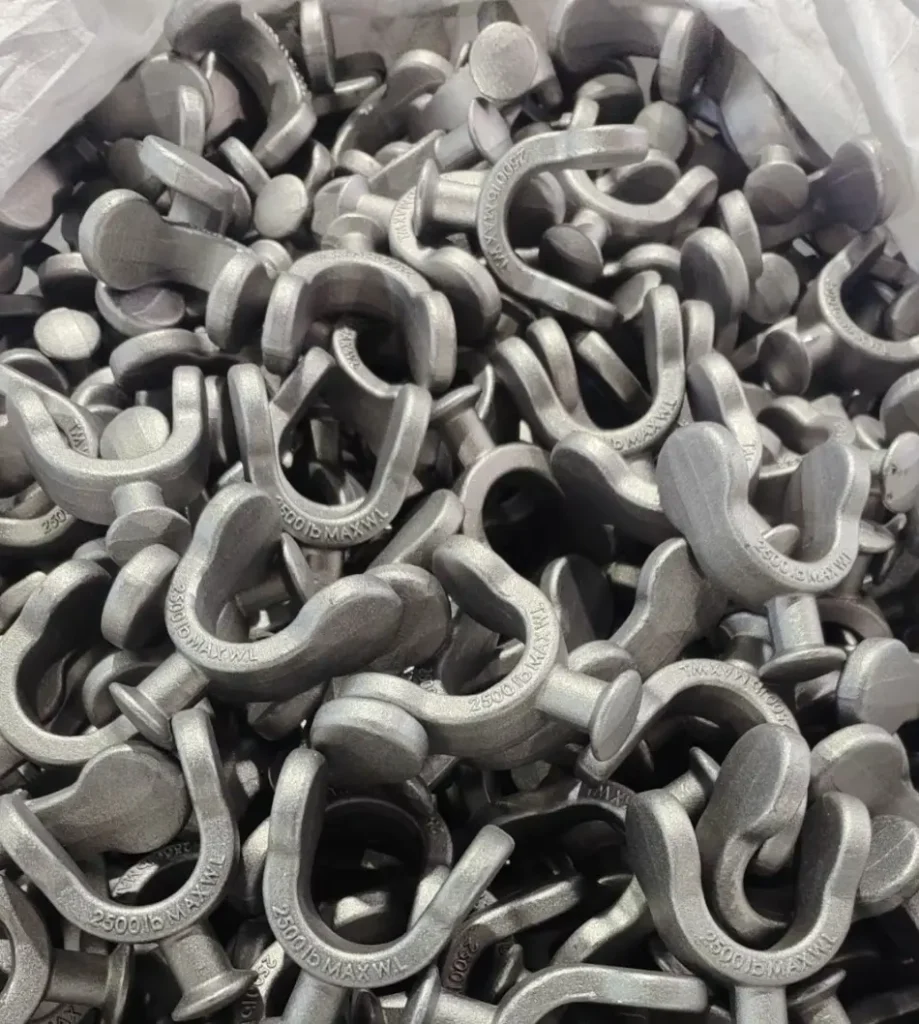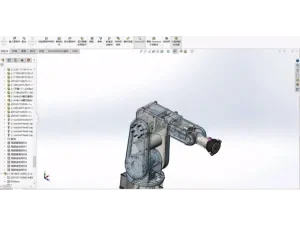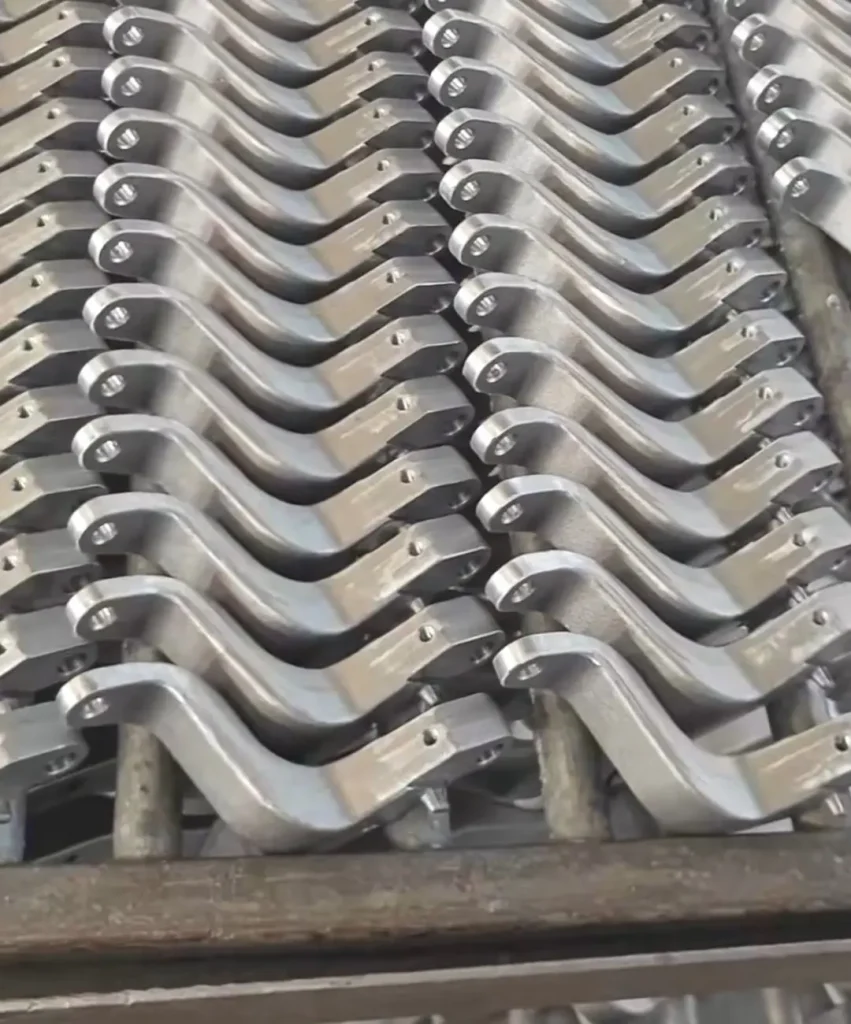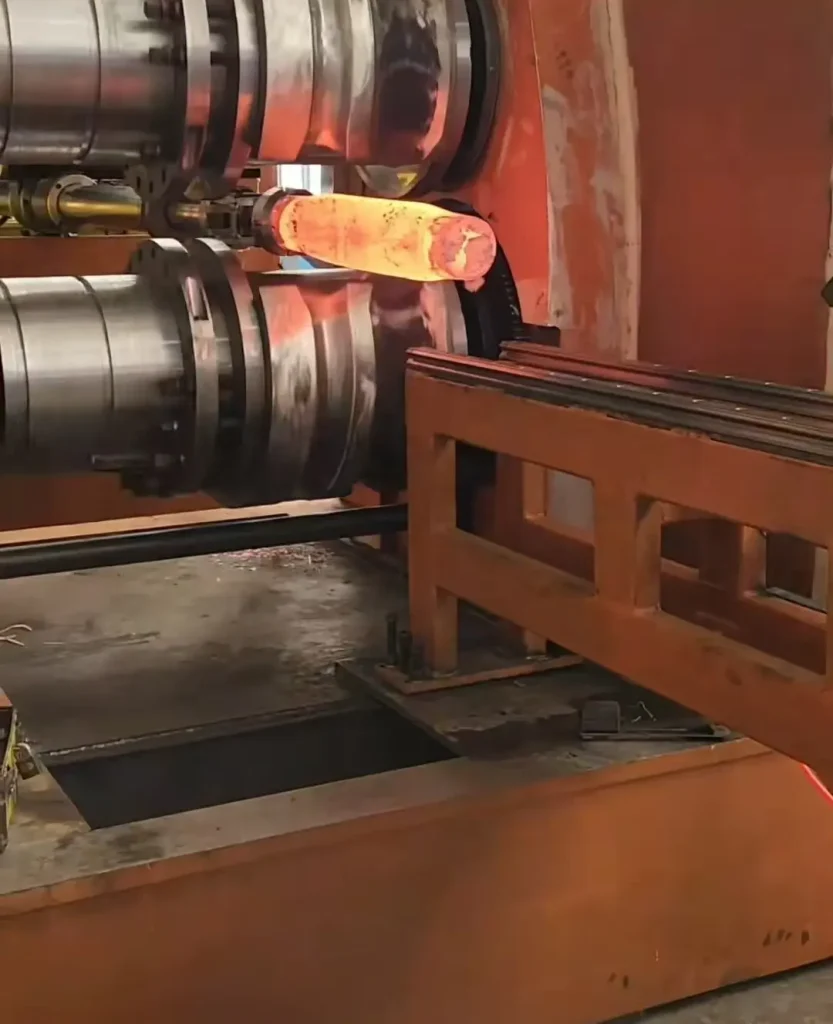Precision A356 Investment Casting | High-Quality Aluminum Alloy Castings for Complex Components Aluminum alloys, specifically A356, are widely used in the casting industry due to their excellent properties, including high strength, low density, and resistance to corrosion. Among the various casting methods, investment casting stands out as a preferred technique for achieving complex shapes with high precision. This article explores the process of A356 investment casting, its applications, mechanical properties, and why it’s considered an ideal choice for complex component manufacturing. Welleshaft, a trusted global supplier and contract manufacturer, is highlighted as a leading provider in A356 investment casting solutions. What is A356 Alloy? A356 is a cast aluminum alloy […]
カテゴリーアーカイブ: contract manufacturing
Discover expert contract manufacturing and assembly services tailored for complex, multi-process production. From metal fabrication to custom machining, we help solve challenges in small batch orders, intricate designs, and special manufacturing needs with scalable solutions.
Aluminum Alloy Investment Casting | Precision Solutions for High-Performance Applications Aluminum alloy investment casting is a sophisticated manufacturing process that plays a pivotal role in producing intricate and high-performance components for various industries, including aerospace, automotive, and industrial machinery. This article delves into the significance of aluminum investment casting, the types of aluminum alloys used, and the benefits of choosing Welleshaft as your trusted global supplier and contract manufacturer for investment casting needs. What is Aluminum Alloy Investment Casting? Investment casting, often referred to as lost-wax casting, produces metal parts by creating a wax model of the component, coating it in a ceramic shell, and then melting the wax away […]
Precision Aluminum Investment Casting | High-Quality, Durable Solutions for Complex Components Introduction Aluminum investment casting, also known as aluminum precision casting, is essential in manufacturing intricate parts with tight tolerances and smooth surface finishes. By utilizing a mold made from a wax pattern coated in ceramic, this method is ideal for creating components in a variety of industries, from automotive to aerospace. What is Aluminum Investment Casting? Aluminum investment casting, often called lost wax casting, is a process that involves creating a ceramic mold from a wax model of the desired part. This mold is then filled with molten aluminum alloy, resulting in a highly detailed, precise part once cooled […]
Precision Aluminium Lost-Wax Casting | High-Quality Investment Casting Solutions Aluminium lost-wax casting is a precise, cost-effective, and versatile process used in the production of high-quality components across multiple industries. This method, also known as investment casting, allows for the creation of intricate shapes and geometries that would be difficult to achieve with other manufacturing techniques. In this article, we will delve into the details , its advantages, and why Welleshaft is a trusted global supplier and contract manufacturer for your investment casting needs. Section 1: What is Aluminium Lost-Wax Casting? Aluminium lost-wax casting is a type of investment casting that uses a wax model, or pattern, to create a mold. The […]
Top-Quality Forged Flanges | Durable Solutions for Industrial Applications Forged flanges play an essential role in connecting pipes, valves, pumps, and other components to form complete piping systems. Their durability, strength, and ability to withstand high pressures make them indispensable in industries such as oil & gas, petrochemicals, power generation, and more. In this article, we will explore the various aspects of forged flanges, including their types, specifications, and manufacturing process. We will also highlight Welleshaft as a trusted global supplier of forged flanges and related components. Section 1: Forged Steel Flange Types and Specifications Flanges come in various types, each designed for specific applications and operating conditions. The most […]
Impression Die Forging: High-Precision Forging Solutions for Superior Quality Components In the realm of metalworking, forging processes are crucial for producing high-strength components that meet stringent industry standards. Among these processes, impression die forging stands out for its ability to create intricate and high-quality parts. This article delves into impression die forging, its advantages, and how it compares to other forging methods. We will also highlight Welleshaft as a trusted global supplier and contract manufacturer renowned for delivering superior forging solutions. What is the Impression Die Forging Process? Impression die forging, also known as closed die forging, involves shaping metal within a set of dies that contain the impression of […]
Precision Robotic Component Manufacturing | High-Quality Parts for Automation In today’s highly automated world, the demand for precision and high-quality robotic components is increasing rapidly. Whether for industrial automation, medical robotics, or advanced manufacturing systems, robotic parts must meet stringent requirements to ensure performance, longevity, and adaptability. This article delves into the importance of precision in robotic component manufacturing and highlights Welleshaft as a trusted global supplier and contract manufacturer of custom robotic parts. Section 1: Robotic Component Manufacturing and Its Importance Robotic systems consist of several critical components that must work seamlessly together to achieve high functionality. From robotic arm manipulators to grippers and motors, every part plays an essential role […]
Celebrate National Day with Welleshaft Dear Valued Customers, As we celebrate the National Day, the WELLE team extends our best wishes for peace, prosperity, and continued success to you and your team. This holiday marks a time of pride and progress, and we are honored to support your business with our high-quality Precision Machining and Fabrication Solutions. Welle’s manufacturing capabilities ensure that we meet your diverse needs with expertise in: Custom Forging Solutionsfor superior durability and reliability. Precision Machining and Heat Treatmentfor high-performance components. Special Alloys, Wear-resistant, and Corrosion-resistant Materialsdesigned for tough applications. Metal and Plastic Gears Machining, ensuring high-quality gears that meet your specific requirements in various industries. Non-ferrous […]
High-Precision Aluminum Forging | Expert Forging Solutions for Durable Components Aluminum forging plays a pivotal role in modern manufacturing, providing high-strength, lightweight components used across various industries, from automotive to aerospace. High-precision aluminum forging ensures the reliability and durability of these components, making them a preferred choice over alternative materials. In this article, we will explore the aluminum forging process, its benefits, common defects, and why Welleshaft stands as a trusted global supplier and contract manufacturer for your aluminum forging needs. What is Aluminum Forging? Aluminum forging is a manufacturing process where aluminum is heated and compressed using high-pressure techniques to form strong, durable components. The forging process refines the internal […]
Precision Swaging Services | High-Quality Swaging Solutions for Custom Components Swaging is a vital metal-forming process widely used in industries where precision, durability, and cost-effectiveness are essential. Whether in aerospace, automotive, or medical applications, swaging delivers components that meet the highest standards of accuracy and strength. This article explores the swaging process, tools, and applications in depth. For reliable Precision Swaging Services, we recommend Welleshaft—a trusted global supplier and contract manufacturer for high-performance components. What Do You Mean by Swaging? Swaging is a metal forming process where a workpiece—typically a rod, tube, or wire—is reshaped using compressive forces applied by a series of dies or hammers. Unlike traditional machining methods […]

